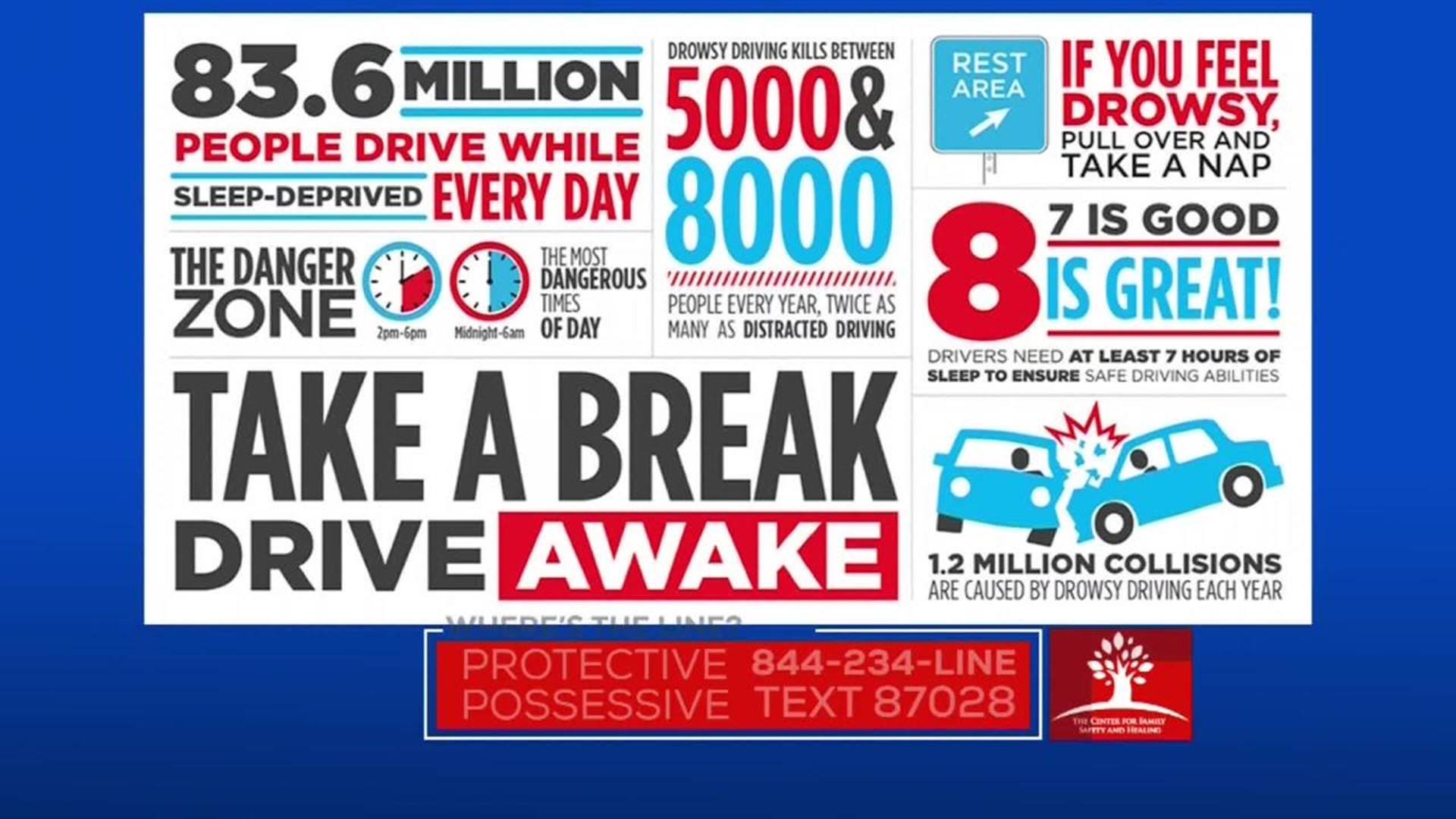Drowsy driving ins on the rise, and the National Highway Transportation Safety Administration is looking to prevent more sleepy crashes with its national plan.
The NHTSA is announcing the plan Monday at the Managing Fatigue Conference in San Diego, the latest target after the NHTSA first looked at decreasing drunk drivers and then went after distracted drivers.
Look for public service announcements, education campaigns, tougher laws, and signs on the road to combat the latest menace on the roadways: drowsy driving.
"Drowsy driving impairs your reaction time, impairs your ability to think of two things at once, and it also impairs your memory of where you're going," says Kingman Strohl, MD, sleep specialist at University Hospitals Cleveland Medical Center. "So your brain is trying to go to sleep while you're trying to drive a car and that's not a good combination."
That combination, according to the NHTSA, caused 72,000 police-reported crashes, resulting in 41,000 injuries and 800 deaths in 2015.
But those official numbers underestimated the real impact, according to the campaign authors, who estimate as many as 7 percent of all crashes and 16.5 percent of fatal crashes involve a drowsy driver, resulting in as many as 8000 deaths a year.
And operating a vehicle while sleep deprived affects one group more adversely than others -- risk-takers in the 16 to 24 year old age bracket who are twice as likely as 40 to 59 year olds to fall asleep at the wheel.
Dr. Strohl recommends at least six hours of sleep a night.
"Those long drives on monotonous roads after a night of sleep deprivation can be deadly," says Dr. Strohl.

